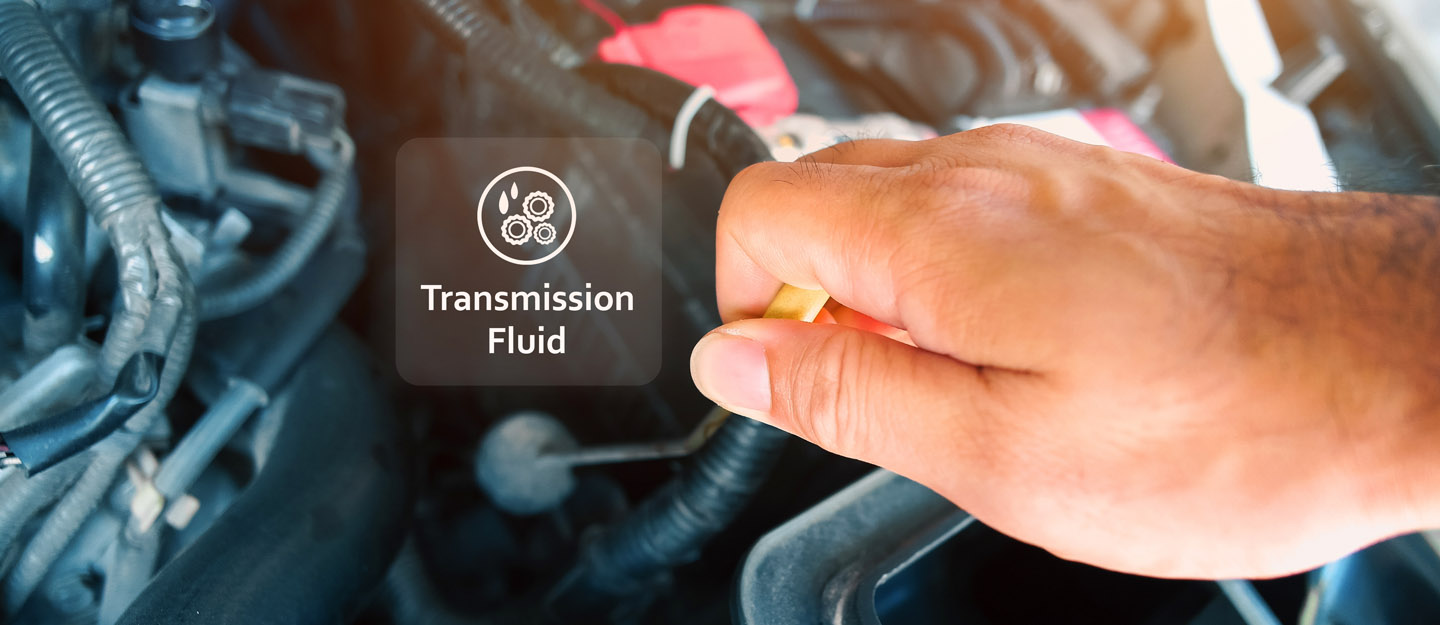The Consequences of Driving with Low or No Transmission Fluid
Your car’s transmission fluid is crucial for smooth and efficient operation. It acts as a lubricant, coolant, and hydraulic fluid, enabling gears to shift smoothly and preventing excessive wear. Driving with low or no transmission fluid can lead to severe consequences, impacting your car’s performance, safety, and overall lifespan.
- Consequences of Low Transmission Fluid
- Consequences of No Transmission Fluid
- What to Do If You Suspect Low Transmission Fluid
Consequences of Low Transmission Fluid
- Rough Shifting⁚ Low fluid levels can cause sluggish shifting, slipping gears, or even complete gear failure. This can make driving dangerous, especially during acceleration or braking.
- Overheating⁚ Transmission fluid helps cool the transmission components. Low levels can lead to overheating, causing damage to internal parts.
- Reduced Fuel Efficiency⁚ A faulty transmission can lead to increased fuel consumption, affecting your car’s performance.
- Noise and Vibrations⁚ As the transmission wears down, you might hear unusual noises or feel vibrations when driving.
- Transmission Failure⁚ Prolonged driving with low fluid levels can eventually lead to complete transmission failure, requiring costly repairs or replacements.
Consequences of No Transmission Fluid
Driving with no transmission fluid is extremely dangerous and should be avoided at all costs. The consequences can be catastrophic, including⁚
- Immediate Transmission Failure⁚ Without fluid, the gears will grind against each other, causing severe damage and rendering the transmission unusable.
- Loss of Control⁚ A non-functional transmission can lead to sudden loss of power and control, making it difficult to steer or brake.
- Fire Hazard⁚ Overheating due to a lack of fluid can create a fire hazard, putting you and others at risk.
What to Do If You Suspect Low Transmission Fluid
If you notice any signs of low transmission fluid, such as rough shifting or unusual noises, check your fluid level immediately. Use the dipstick to gauge the level. If it’s low, add compatible fluid to the appropriate level. It’s important to consult your owner’s manual for the correct type of fluid and the procedure for adding it.
Regular transmission fluid changes are essential for preventing issues. Consult your owner’s manual for recommended intervals. If you’re unsure about your fluid levels or have any concerns about your transmission, have it inspected by a qualified mechanic.
Driving with low or no transmission fluid can have severe consequences. By understanding the potential risks and taking proactive measures, you can ensure the longevity and safety of your vehicle.
How Long Can You Drive Without Transmission Fluid?


Expert drivers know you should never drive without transmission fluid, whether going to work, shopping, or home, because it will cause catastrophic gear issues. The first thing that comes to mind when you run low on transmission fluid is how long you can drive without transmission fluid. In other words, what happens if you drive with no transmission fluid? The answer depends on the type of transmission in your car—automatic or manual. Driving with low fluid exposes the transmission to harm. Some mechanics claim you can run a manual transmission for 10-15 miles without fluid before it causes severe damage to it. Is this true? Let’s find out.
What is transmission fluid, and what does it do?
According to AAMCO, transmission fluid is a lubricant formulated to lubricate the transmission gear sets, bearings, and metal parts to protect them from grinding as you drive. In automatic transmissions, the transmission fluid lubricates and cools the internal parts and provides the hydraulic pressure and friction needed for smooth and crisp shifts. In both automatic and manual transmissions, the transmission fluids help to cool down the transmission. Gear shifting is a strenuous task, and the automatic transmission fluid is what helps the car shift gears with ease without wearing its internal parts. While there are separate fluids for automatic and manual transmissions, both commonly lubricate and cool the internal transmission parts.
Effects of driving without transmission fluid
Like motor oil, the transmission fluid is also crucial for the vehicle to run smoothly and seamlessly. They lubricate and cool the gears, bearings, and other metal parts as you drive. Also, there are different types of transmission fluids in the market designed for different transmissions. Without deviating, let’s see what happens when you run low on transmission fluids on manual and automatic transmissions.
Automatic transmission cars
In cars with automatic transmissions, the transmission fluid plays a crucial role—it helps the torque converter to transfer engine power to the transmission. Also, the internal clutches use this fluid for proper functioning. Simply put, if you drive without the transmission fluid, the tranny pump will wear out and get stuck. Invariably, this can cause the car not to move at all.
Manual transmission cars
Conversely, manual transmission reacts differently when you run out of transmission fluid. While a manual transmission will not prevent you from driving due to a no-fluid situation, it will project some no transmission fluid symptoms to let you know you are out of transmission fluid. These symptoms include:
Delayed gear engagement
When you run out of transmission fluid, there will be a certain amount of pressure loss. Because of this, when you shift gears, it will take the vehicle 2-3 seconds before entering the desired gear.
Gear slipping
If the transmission lost all fluid while driving, you will experience sudden gear slippage. The gear shifter will occasionally push back into neutral while driving.
Grinding noise
You will hear a grinding noise when changing the gears if there’s no transmission fluid. This happens because the clutch components are not lubricated properly, and they find it difficult to shift seamlessly when changing gears. The gear synchronizer will wear out when that happens and produce annoying grinding noises. If you continue driving for long, the synchronizer will be damaged.
Overheating transmission
As I have said repeatedly, the transmission fluid helps cool the transmission, which prevents it from overheating. So, the transmission will overheat if there’s no fluid to cool the system.
Transmission failure

Lastly, ignoring the above issues when they pop up and continue driving will lead to a total transmission failure. So, it is better to always drive with adequate transmission fluid.
How long can you drive without transmission fluid?
Having seen the consequences of driving with no transmission fluid, do not drive your car once you notice the transmission fluid is low. It could cause catastrophic transmission issues and affect some engine components. If you ignore this and continue driving even for a few miles, you may learn the hard way. Some automotive mechanics claim you can drive a manual transmission with low fluid for 10-15 miles. However, the ball is in your court. Driving with no transmission fluid increases the friction in the transmission and makes it susceptible to damage. Even though I have outlined the signs of driving on low transmission fluid, do not rely on these symptoms to know when you are low on fluid. You can run low on transmission fluid, and none of these signs will pop up. Therefore, I recommend you do scheduled maintenance checks. But how long can you drive without transmission fluid on automatic cars? Automatic transmissions act differently in no-fluid situations. Automatic transmission cars will not start or not go into gears once they detect there is no fluid to lubricate and cool the system. Automatic cars detect when the transmission is safe to run, unlike manual cars where the driver decides when to drive.
How long can you go without transmission fluid change?
Since transmission fluid breaks down over time, it is important to change the fluid every 30,000 to 60,000 miles. While this is the general recommendation for all cars, I recommend reviewing and researching your manufacturer’s website to know when you are required to change your specific vehicle transmission fluid. Plus, if you drive through frequent city traffic, adverse weather conditions, or tow heavy loads, you will need to change your transmission fluid earlier than the recommended interval.
Final words
In summary, while some mechanics claim you can drive 10-15 miles with no transmission fluid on manual transmission vehicles, do not drive with a no-fluid situation. If you ignore this and drive without transmission fluid, be ready to face a rude awakening. If one manual transmission drives 10-15 miles with no transmission fluid, it does not mean all other manual transmission vehicles will do the same. So, it is better to be safe than sorry.
Osuagwu Solomon Osuagwu Solomon is a certified mechanic with over a decade of experience in the mechanic garage, and he has over five years of experience in the writing industry. He started writing automotive articles to share his garage experience with car enthusiasts and armature mechanics. If he is not in the garage fixing challenging mechanical problems, he is writing automotive repair guides, buyer’s guides, and car and tools comparisons.
One thought on “ How Long Can You Drive Without Transmission Fluid? ”
Dave Blackburn says:
Great advice!! My builder forgot to add Tran fluid to my TREMEC WC T5z I drove it a few miles no issues no noise shifted perfect The car sat for 6 months after it was built To wake up engine I drained engine fluid and Tran fluid ….actually there was no Tran fluid I added dextron 3 3 quarts and car runs awesome no T5 issues Question Might I have just got lucky and T 5 is fine I have driven about 75 miles now and everything is perfect Do you believe I just got lucky or may there be some lurking issue (s) I can expect to happen tran shifts great no noises I am either very lucky or might something go wrong later?? Thanks Dave
Leave a Reply
You must be logged in to post a comment.
How Long Can You Drive Without Transmission Fluid?
When working on a 2005 Ford Focus a few months ago, the work was going smoothly until I met four rusted screws with stripped heads. The screws were stubbornly logged in the component, and they.
In all sincerity, reading a battery charger for the first time can be a bit confusing, especially if you have no guide on how to read it. When I tried reading a battery charger for the first time, I.
ABOUT US
Welcome to rxmechanic.com. We are an automotive mechanic blog that helps mechanics and car users to find the most recent and accurate technical and repair information for their cars. We created this blog site in 2018 to enable us to share our knowledge with other automotive mechanics and car owners.
AFFILIATE DISCLOSURE
Rxmechanic.com is a participant in the Amazon Services LLC Associates Program, an affiliate advertising program designed to provide a means for website owners to earn advertising fees by advertising and linking to Amazon.com.
https://nodsauto.com/the-consequences-of-driving-with-low-or-no-transmission-fluid/https://rxmechanic.com/how-long-can-you-drive-without-transmission-fluid/



